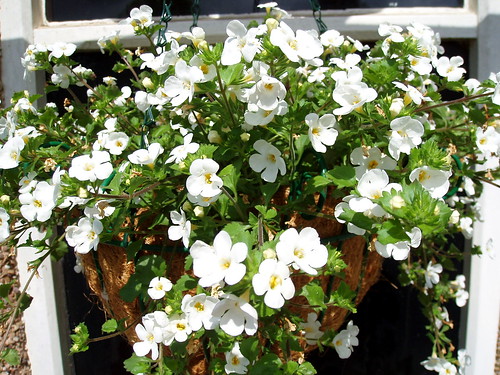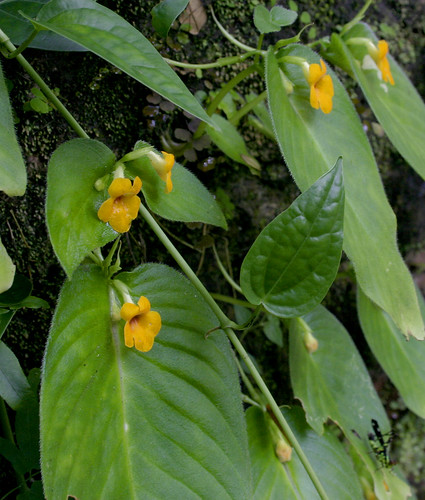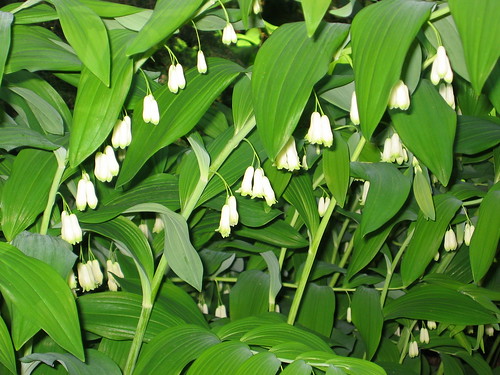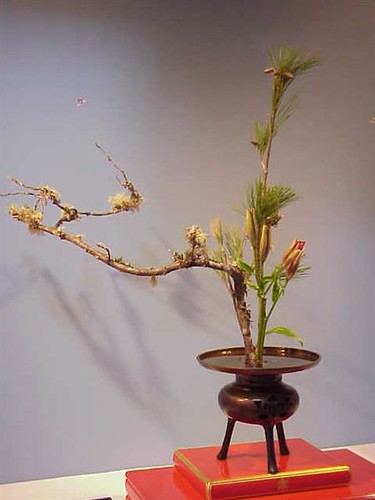Cactus House Durham Botanic Garden
Why are Cacti raised in a Cactus House and not a Cacti House? A prickly question if you are pedantic but if you are just interested unusual forms of plants then the Cactus family will interest you. Originally all Cacti are of American origin from Patagonia in the South to the 50th parallel in the USA. Some have reached an age in excess of a thousand years. Mexico is famous for old globose cacti Echinocactus ingens.
Cacti Propagation Tips
- Growing from seed needs patience but plants started in this way adapt to the conditions and give pleasure as they grow and develop. Sow on the surface of porous sandy soil at 20-30°C and cover with glass to retain heat and moisture.
- Take vegetative cuttings in summer from side shoots root as long as the cutting is not too small. To encourage shoots cut off the top of a cactus to disrupt the growing centre. Many varieties like the cut surface to dry before they are potted up when rooting can then be rapid.
- Grafting is a popular commercial technique as it helps speedier growth. Even small seedlings can be grafted uniting in a few hours. Stock and sion are cut at right angles and can be held in place with rubber bands.




































